Sawmilling Ovens cypress - A New Zealand first?
Dean Satchell, New Zealand Tree Grower February 2013.
Audrey Hay has a small stand of some of the most impressive looking pruned Cupressus ovensii in the country. They were planted by her and her late husband Michael 24 years ago on their property north of Auckland. Ovens cypress is being planted extensively around New Zealand for timber because of its site adaptability, resistance to canker, good form, good growth rate and general hardiness. However, we do not yet know much about the timber.
Audrey kindly donated three trees to the Cypress Development Group for research purposes and in 2011 these trees were harvested. The trunks were cylindrical and notably better formed than the adjacent Leighton greens with their strongly fluted trunks. The logs were transported to a Woodmizer sawmill and sawn using a standard softwood cant sawmilling technique. Wood movement off the saw was very low and the logs sawed very well.
Scented and pale in colour
I have sawed Leyland "Leigton green" before, and my first impression was that Ovens cypress is identical to this in both scent and colour. The freshly sawn timber is very scented with an odour reminiscent of the crushed foliage. The timber is pale, especially the sapwood which is virtually white. The growth rings are evident, with narrow but prominent darker latewood bands.
Because these trees were harvested young by cypress grower standards, there was significant taper in the logs. If left to mature you'd expect a much higher recovery of sawn clear heartwood timber. However the opportunity here was to look at timber properties and potentially give confidence in Ovens cypress as a plantation timber. This young material did saw well, but the sap band was wide and comprised a greater percentage of the timber than we would expect from more mature trees.
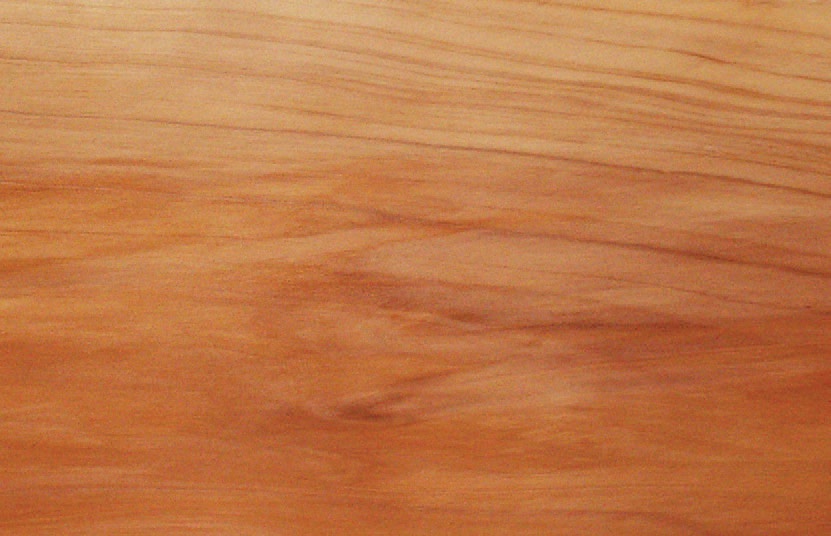
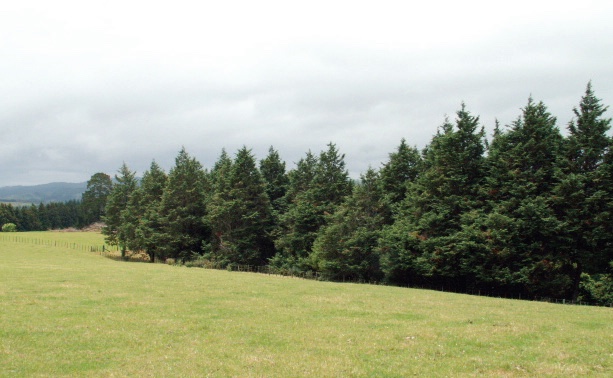
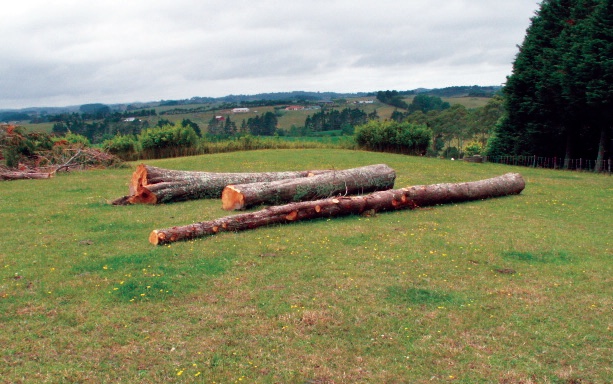
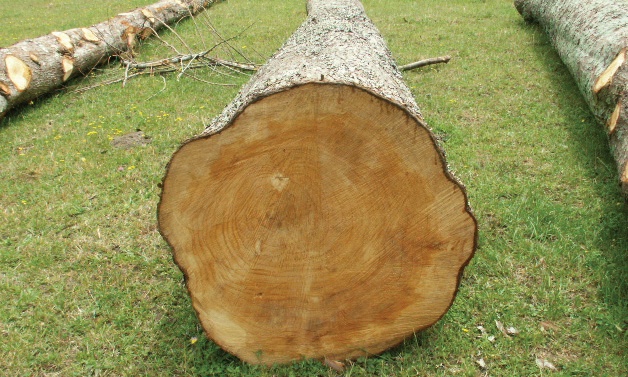
Clearwood percentage was very high in the sapwood, but because of pruning scars, much of the heartwood was of a lower grade. Two problems come to mind:
- Pruned trees need to reach large diameters to yield high percentages of clear heart, so should be thinned to a low stocking and grown for longer time than unpruned trees.
- If you want good yields of clear heartwood then keep the diameter over stubs (DOS) to a minimum. An average 20 cm DOS means a much longer time frame and lower final stocking than a 10 cm DOS. These trees had the standard farm forestry 20 cm DOS. My opinion is that with species such as cypress and redwood, which are valuable with clear heartwood, keeping the DOS to a minimum is essential for good returns.
Timber testing needed
The next step was to dry the timber and to assess any degrade problems. The timber was air dried outdoors under iron for a year until we got around to a close inspection. There was no checking, no collapse and the boards remained very stable. Even the wider flatsawn boards had no cupping. The results were very pleasing and give me confidence in Ovens cypress as a timber species.
The timber is soft and low density. Although the light colour of the sapwood and conspicuous growth rings could be compared to radiata pine, this is a classy decorative timber with a subtle and attractive grain pattern. What needs to happen now is some basic testing of timber properties such as hardness, movement in service, durability and characteristic strength values. The timber is stacked in my shed waiting for a research organisation to take interest.
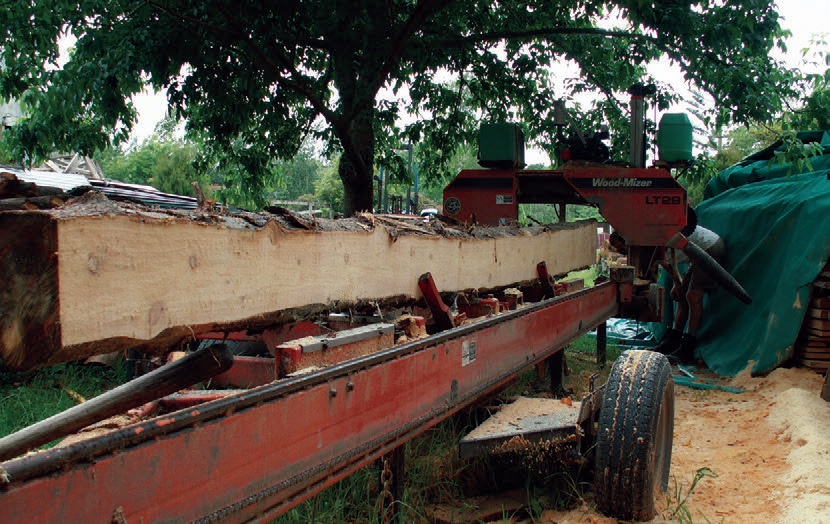
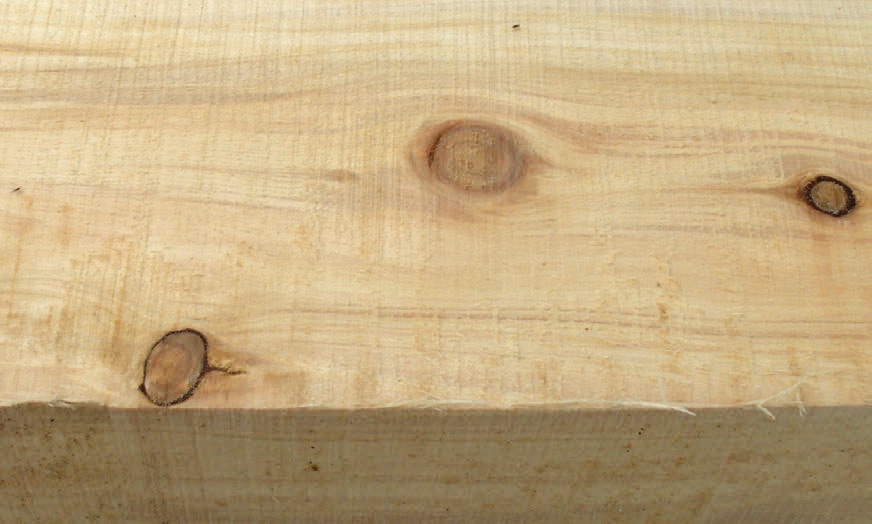
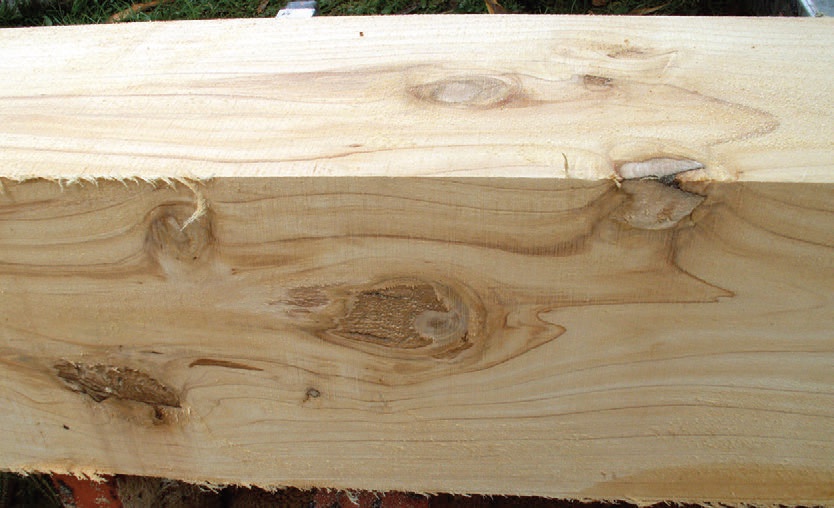
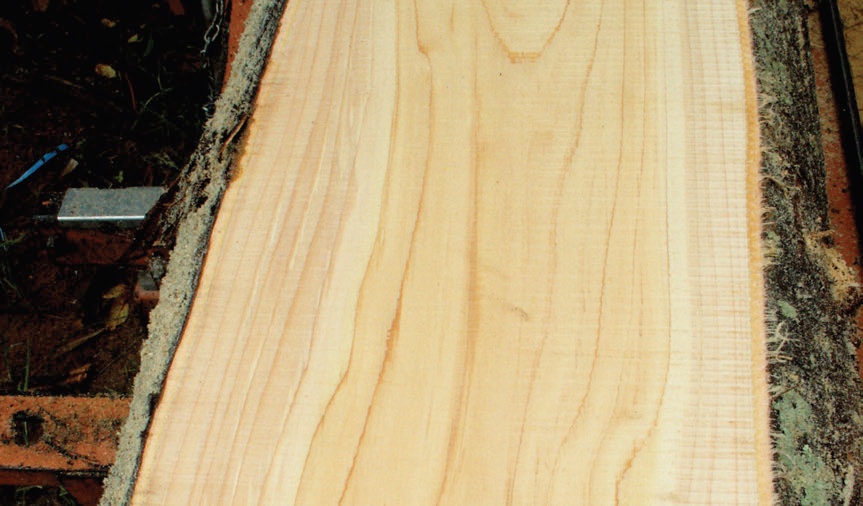

 Farm Forestry New Zealand
Farm Forestry New Zealand